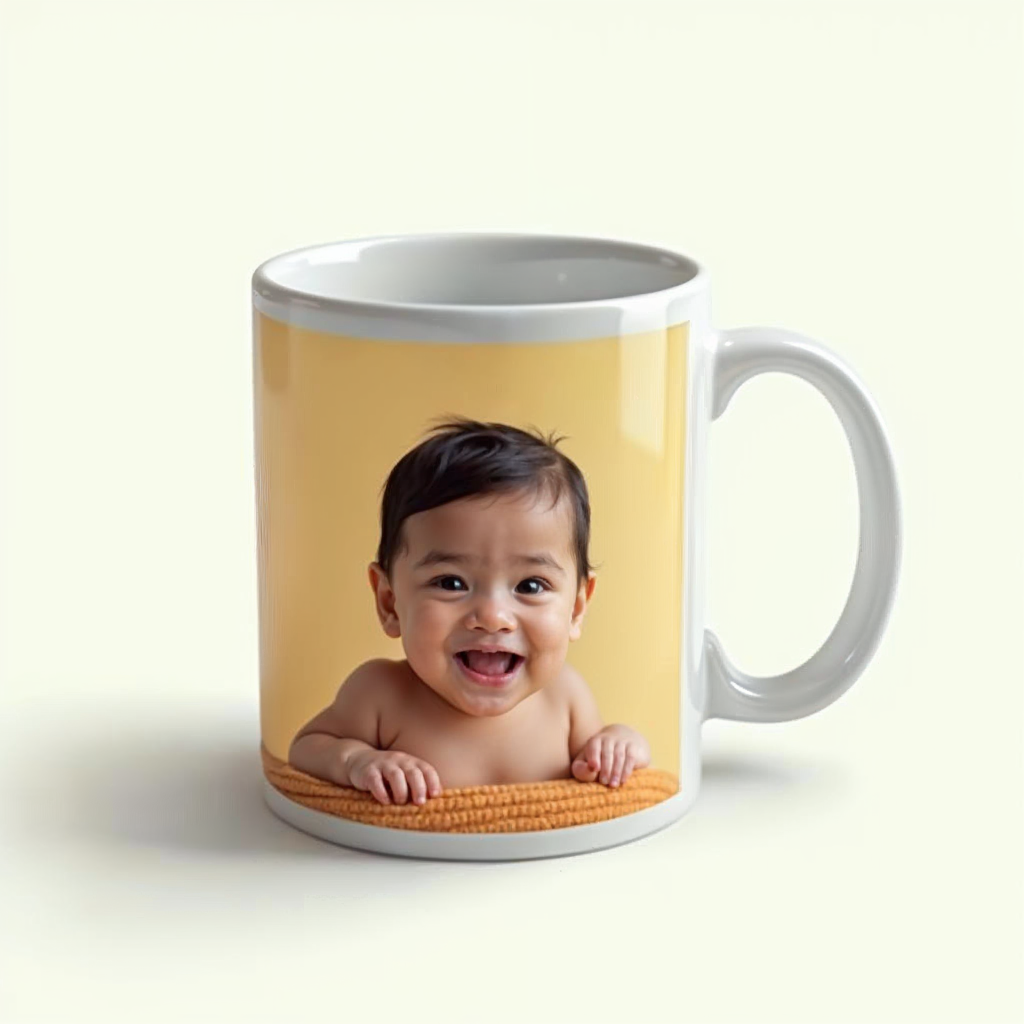
Technological Disruption and Innovation: The Engines of Growth
The consumer-led demand for personalization and tangibility is being met and amplified by a wave of technological innovation. These advancements are not only enabling new products and enhancing the customer experience but are also making the industry more efficient and sustainable. Technology is the engine that is translating consumer desire into market growth.
The AI Revolution in Photo Personalization
Artificial Intelligence (AI) is rapidly transitioning from a futuristic concept to a core operational tool in the photo printing industry, automating and elevating the entire customer journey. The primary battleground for competitors is no longer just print quality, but the quality of the customer experience, and AI is the key to victory.
- AI-Powered Editing & Curation: A major friction point for consumers is the overwhelming task of sifting through hundreds of photos to find the best ones for a project. AI-powered curation tools solve this by automatically analyzing large albums to select the sharpest, best-composed images while identifying and removing duplicates and blurry shots. Furthermore, AI editing tools automatically enhance user-uploaded photos with intelligent color correction, optimal cropping, and even background removal, ensuring a high-quality result with minimal user effort.
- Intelligent Design & Recommendation: AI algorithms act as a personal design assistant. By analyzing a user’s photo content, browsing behavior, and popular trends, these systems can suggest tailored product recommendations, optimal layouts, and complementary design elements. For instance, an AI could analyze a collection of beach vacation photos and automatically suggest a poster layout with a coastal-themed color palette and font style.
- Generative AI: The next frontier is the integration of generative AI. This technology allows AI to create entirely unique artwork from scratch based on simple text prompts from a user (e.g., “a watercolor splash effect in blues and golds”) or to generate multiple artistic variations of a user’s uploaded photo. This offers a level of creative personalization that was previously unimaginable.
- AI-Powered Business Operations: Beyond the customer-facing experience, AI is streamlining backend operations. It enables predictive demand forecasting to optimize inventory and production schedules, and it can automate order routing by matching a job with the most efficient print partner based on location, cost, and capability.
Immersive Commerce: AR and Spatial Computing
Augmented Reality (AR) is emerging as a powerful tool to bridge the gap between online shopping and the physical world, directly addressing consumer purchase anxiety.
- Augmented Reality Previews: The most significant application of AR is the “View in Your Room” feature. This technology allows a customer to use their smartphone’s camera to virtually place a product in their own home before buying. They can see exactly how a 50×70 cm framed poster will look on their living room wall, confirming size, style, and color fit. This immersive preview dramatically reduces uncertainty, leading to higher conversion rates and lower product returns.
- AR-Enhanced Products: The technology also enables the creation of interactive photo products. Companies are developing “AR photo prints” that, when viewed through a dedicated app, come to life by linking to a video, a photo gallery, or other digital content, transforming a static print into a dynamic experience.
- Spatial Computing: Looking further ahead, the advent of spatial computing devices like the Apple Vision Pro promises to create even more immersive experiences. Early partnerships, such as the one between Pictarine and Walgreens to create the Picta Studio app, aim to revolutionize the photo printing journey by allowing users to interact with their photos in a 3D space, complete with immersive effects and AR elements.
- Visit Our Website: print photos online